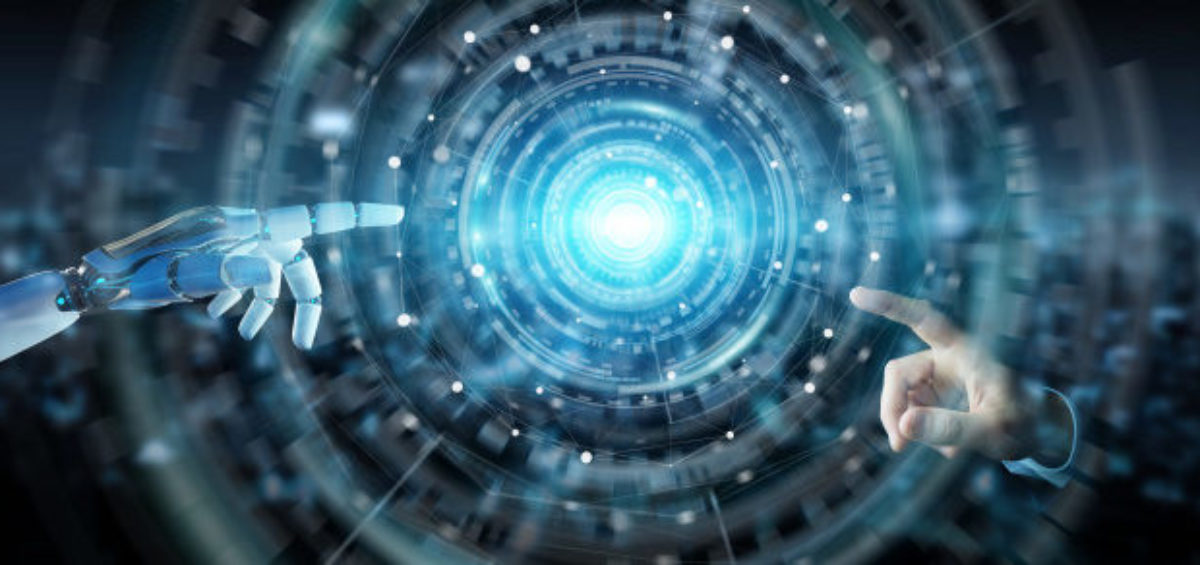Is AI Better Than the Human Translator?

In a world where boundaries between countries are becoming increasingly blurred and international trade is common, communication has never been more important. Translating from one language to another has become the norm with demand for services rapidly rising.
This burgeoning market has led to the development of a range of automated translation tools and bots which offer an instant response. However, the question remains whether AI can ever really take the place of human translators. Here’s a closer examination of the subject along with the challenges that AI translation faces.
Wide availability
There may be times when an instant translation is needed and unless you’re equipped with the linguistic skills yourself, input from a translator will be necessary.
This is where automated translation tools such as Google Translate can step into the breach, offering benefits such as:
- Constant availability around the clock
- Instant results
- Wide range of languages offered
For many people, automated translation services and bots fulfil their translation needs, providing a good overview of the native text which is sufficient for understanding.
However, despite this development in technology, automated translation services don’t tick every box.
The problems with AI translation
While no-one can deny the convenience of automated translation, there are limitations as to how and where it can be used.
These include:
- Lack of context or cultural references. Automated translation tools only provide a literal interpretation of text.
- No regional or dialect translations
- Difficulty with technical information
All of this means that while automated translation tools work well to get a general understanding, it doesn’t work well for more complex or sophisticated text when a more accurate interpretation is required.
Data Protection
There is another major concern: data protection. In the current legislative climate, problems with data protection are of huge significance.
You might not be storing information on the free translation services, but terms of use will typically state that the text you upload for instant translation can be used at a later date. Therefore, using an open source to translate your data means you could be unintentionally sharing confidential information that could be seen by others.
With GDPR high on the agenda, using automated translation services could cause a serious conflict, leaving you exposed to the risk of intellectual property theft.
The future?
After recognising the limitations of AI translation, where does this leave the future?
It’s fair to say that automated translation has firmly established itself as a solution, but this solution has limitations and won’t always be able to adequately fulfil the need. The future of translation therefore is likely to be a fusion of human and AI translation, with both offering different types of services which complement each other.
If you have extensive translation needs, the most economical approach would be to find an organisation that offers a combination of machine and human translation services. This ensures there are no unintentional cultural faux pas and you can avoid any issues with data protection for confidential information.

Elliot Glynn
May 4, 2023Recent articles
Related Services
.png?width=600&height=300&name=Untitled%20design%20(2).png)
Interpreting
Interpreting is where conversations are relayed from one language to another. How those conversations are conducted is where we add value. From in person meetings to remote video interpreting including British Sign Language, let us help you find the right solution.
.png?width=600&height=300&name=Untitled%20design%20(3).png)
Translation
Our global network of translators work around the clock in over 350 languages and dialects. Working across an extensive range of industries, our Word360 sector specialist experts translate everything from medical, pharmaceutical, legal, cosmetics, charity to marketing, e-learning and many more.

Make My Services Inclusive and Accessible
Communication challenges affect many people in the UK, from non-native English speakers to those who have a hearing, speech or learning impairments. These challenges can make it difficult for individuals to fully participate in society and access essential services
